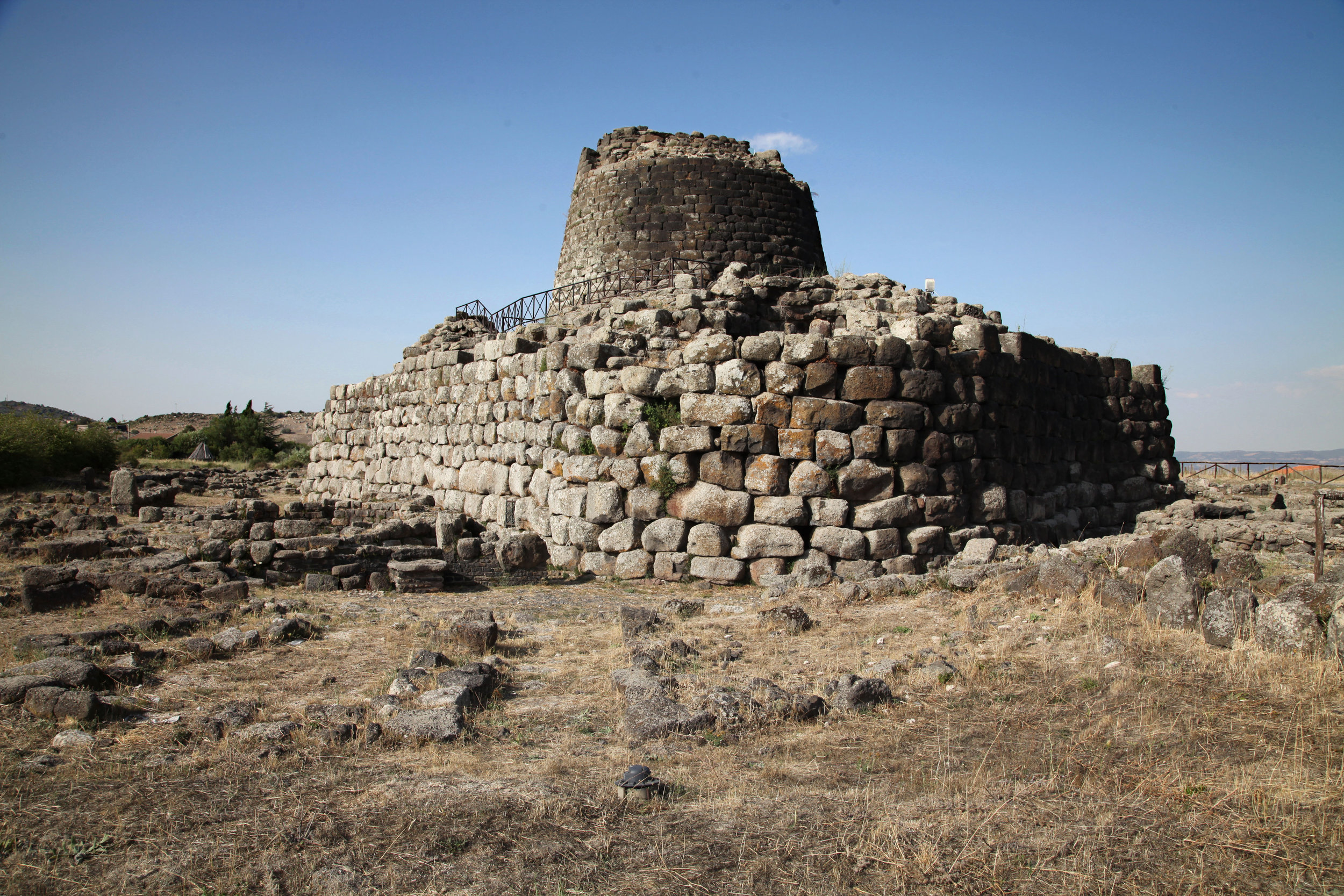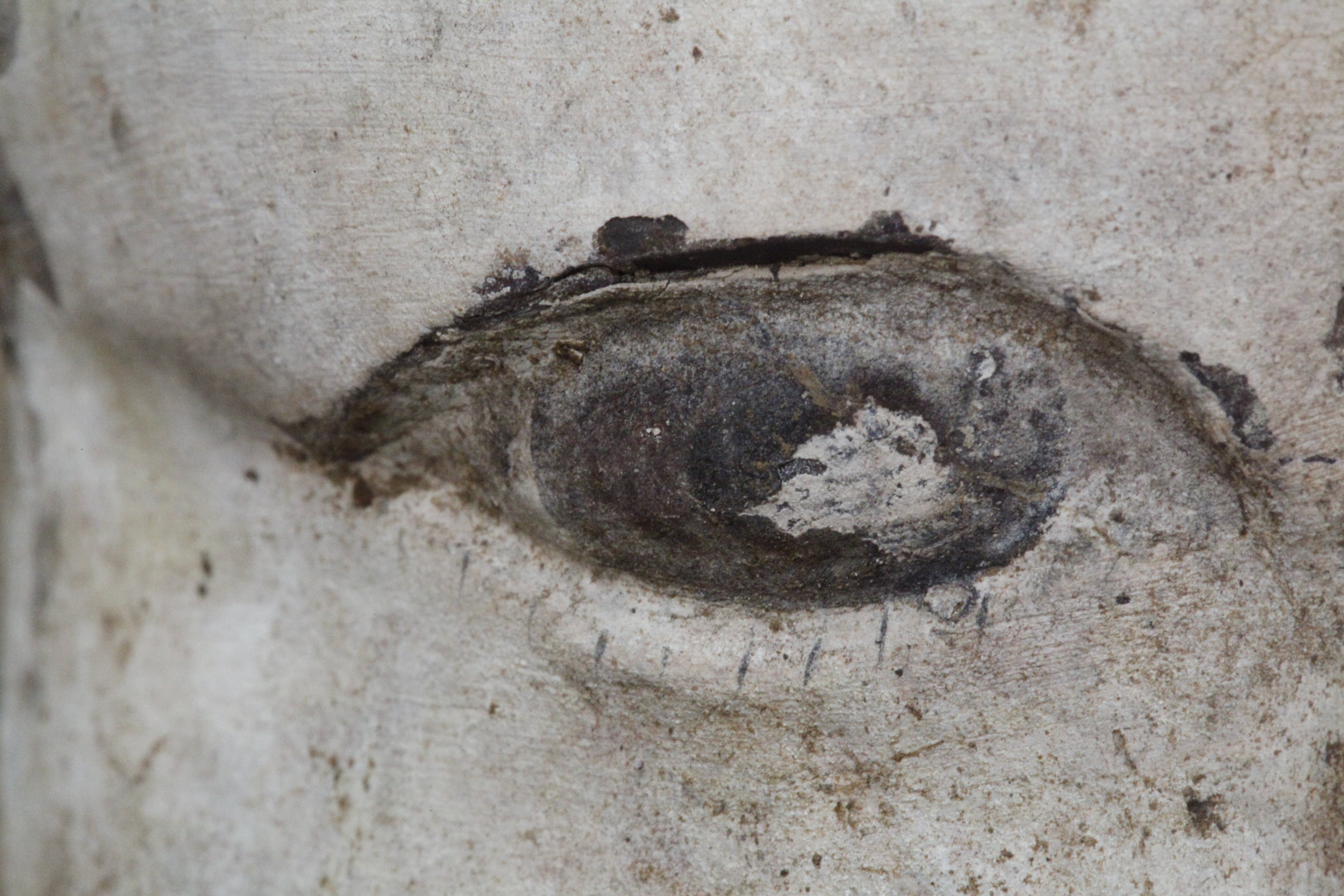UNDERSTAND the cultural phenomena & conflicts that surround us;
GAIN INSIGHT into the present & future through interpretations of the past.
The main focus of this website is on Italy and China, seen through the eyes & works of
someone who has spent over 30 years on the cultural scene of these two countries.
Buy a book - Watch a film - Hire a speaker
The nuraghe of Santu Antine, in northern Sardinia, showing the conical tower and drystone structure of ancient roughly-worked boulders.
BOOKS
My latest book, Sardinia: Island of Myths, Giants and Magic, was published in London in June 2019 by Tauris Parke, an imprint of Bloomsbury. Rights have now been sold to Eesti Raamat for an edition in Estonian.
The book is not intended to be a guidebook, but both a suggested cultural itinerary and an introduction to some fascinating aspects of the island. It does not mention every place of interest, which may be found in guidebooks and online, or where to sleep and eat - for which booking sites offer everything that is necessary and are regularly updated. The aim is to go a little deeper into lesser known aspects of the island and places and people that are almost never mentioned - especially some of the interesting characters in its history. Above all, it is an attempt to explore and investigate the mythical and magical aspects of Sardinia.
“Sometimes, driving through the ancient mountains of Sardinia brings to my mind José Saramago’s allegorical novel, The Stone Raft (A Jangada de Pedra, 1986). The author envisages the Iberian peninsula as a block which breaks off from Europe at a fault-line along the Pyrenees, and then drifts aimlessly across the Atlantic with a social and cultural identity that does not quite gel with the rest of the supposedly united continent. Just as his imagined Portugal and Spain were once part of Europe, in the Miocene era 30 million years ago the real Sardinia was part of south-western France and north-eastern Spain before breaking off and rotating away together with Corsica. Its geological identity is distinct from that of ‘il continente’, as its people refer to Italy. I imagine the island floating in the form of a massive Nuragic ship of ancient limestone like Saramago’s raft, now turning to the south towards Africa, now with the prevailing wind to the south-east towards Sicily, now pushed towards Naples and Rome as seasonal currents on the Tyrrhenian Sea reverse, now tacking slowly back towards Catalonia, and sometimes turning completely on itself to by-pass Corsica and head for the French mainland. A huge undecided island mass whose inhabitants, in the absence of a permanent course, turn in on themselves.
And that is where the intense solidarity, the inner strength and certainty of its people, their ancient stillness and pride, the dialects of their natural world, and their myths and magic, are nurtured and sustained.
”
Detail of a recently discovered head from the terracotta warrior site near Xi'an, showing painted eyebrows and eyelashes (from the book below).
Terracotta Warriors
My book on the Terracotta Army of the First Emperor of China, Terracotta Warriors: History, Mystery and the Latest Discoveries, was published in London in February 2018 by Weidenfeld & Nicolson. The paperback followed on 7 February 2019.
A USA edition, with a new title and cover, was published by Pegasus Books, New York, in August 2018. A Chinese version by Beijing White Horse Time (白马时光) was published in May 2020.
The most recently completed documentary film is The City Wall of Xi'an. This wall in its extant form is a late fourteenth century structure built by the Ming dynasty and faced with brick two hundred years later. The film tells the story from four different perspectives: first, it looks at the importance of walls generally in ancient Chinese civilisation; secondly, it traces the physical construction and materials used to build it; thirdly, it considers the wall as a significant aesthetic monument to the Chinese architectural and cultural heritage; and, lastly, as a cultural and political artefact which symbolises this proud and ancient city and its people. The film is 30 minutes in length.
Detail of the roof of an unrestored Ming chamber in the West Gate
It includes historical footage of the 1926 siege of Xi’an, several clips of the destruction and rebuilding in the 1970s and 1980s, as well as some hitherto unseen features. There are four expert interviews, one by a renowned culture expert, one by an archaeologist who has worked on earlier walls in the city, one by the architect responsible for the new layout of the South Gate, and one by an architect who has drawn on the wall as inspiration for contemporary buildings. In addition, there are four short interviews with enthusiastic visiting tourists who had no previous knowledge of the wall.
The musical soundtrack to the film is entirely played by well-known musicians from Xi’an, and some of the pieces were composed in the city. The film was sponsored by the Shaanxi Xi’an City Wall Protection Foundation, of which I am a Trustee.







